The Ultimate Guide to Flat Lay Photography
Flat lay photography is one of the simplest yet most effective styles for creating visually stunning product images. Whether you’re shooting for social media, prints or just for fun, the art of flat lay can take your product photography to the next level. In this guide, we’ll break down the essential tips, tricks, and techniques to help you create amazing flat lay shots.
What is Flat Lay Photography?
Flat lay photography is a style of photography where objects are arranged on a flat surface and captured from above. It’s commonly used for food photography, product shots, fashion, and lifestyle content. The goal is to create a visually appealing composition that tells a story through carefully arranged elements.
Choosing the Right Gear
One of the best things about flat lay photography is that you don’t need expensive gear to get started. Here’s what you’ll need:
- Camera – Any camera works, my main camera is a Sony A7RV but a compact camera like the Panasonic Lumix LX100 II is a great choice due to its portability and high-quality output. It’s the camera I Use in the video above. But using a phone works just as well!
- Lens – A standard or wide-angle lens (24-50mm) works best to capture everything in one frame.
- Tripod – Helps stabilize your shots and allows for hands-free adjustments.
- Lighting – Natural light works great, but softbox lights or LED panels can help create a consistent look.
But if you want to splurge! Check this out!
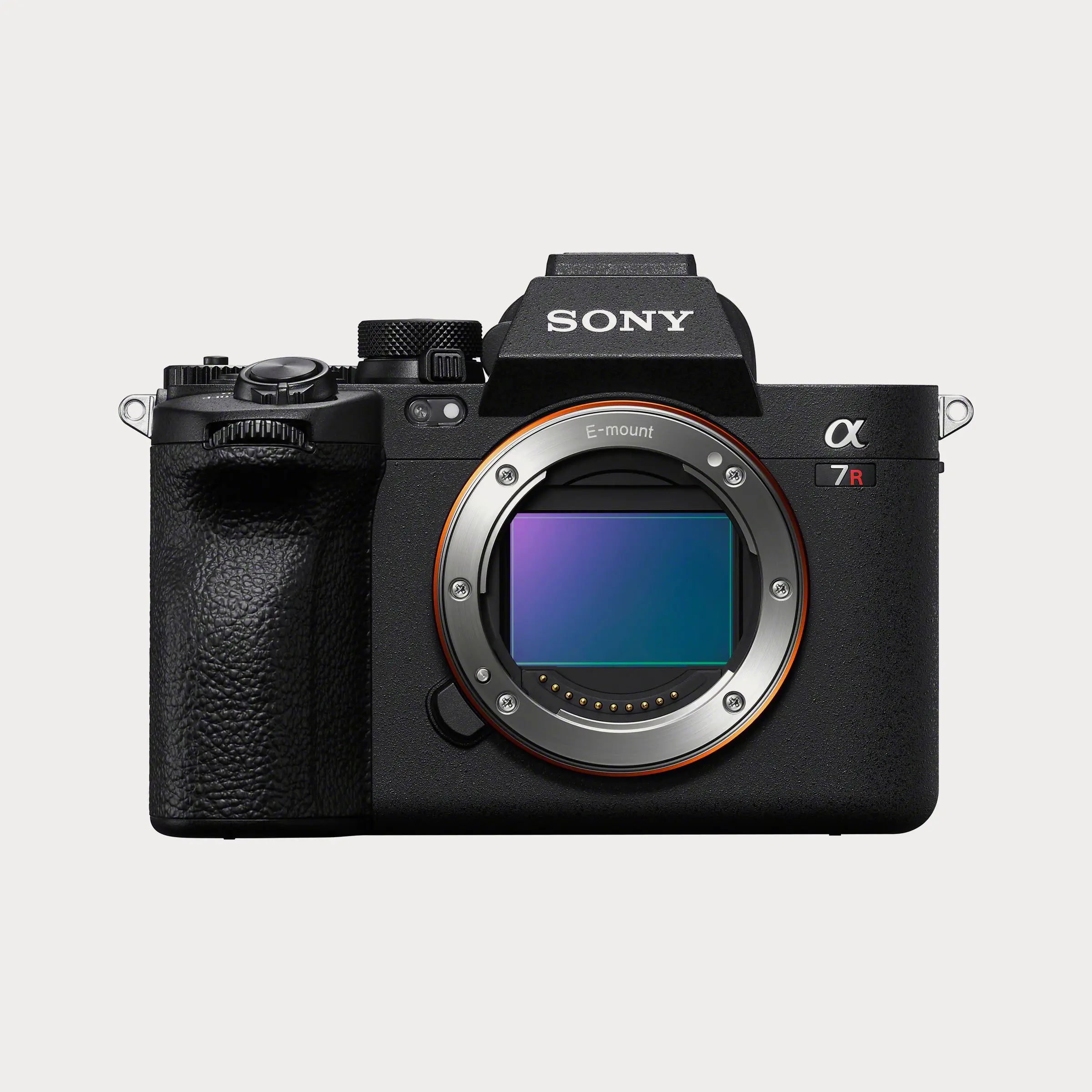
Sony A7RV
Alpha 7R V Full Frame Mirrorless Camera Body
Price
$3899.99USD
Setting Up Your Shot
1. Select a Background
Your background plays a crucial role in the final look of your image. Choose textures that complement your subject:
- Wooden boards for a rustic look
- Marble or white paper for a clean, minimal aesthetic
- Fabric or linen for a soft, cozy feel
2. Pick a Theme and Subject
Flat lay photography works best when you have a central subject. It could be anything from a watch, camera, coffee setup, or everyday carry items. Once you have your subject, choose props that complement it without distracting from the main focus.
3. Use Natural Light
Lighting can make or break your flat lay shot. A great option is natural light from a window on an overcast day, as it creates soft shadows and a more organic look. Avoid harsh direct sunlight as it can create unwanted contrast and shadows. Unless that is the look you are going for!
4. Arrange Your Objects Thoughtfully
Composition is key. Here are a few techniques to improve your arrangement:
- Rule of Thirds – Position your main subject off-center to create a balanced composition.
- Leading Lines – Use props to direct the viewer’s eye toward the main subject.
- Layering – Overlapping objects slightly adds depth and a sense of realism.
- Negative Space – Don’t overcrowd your shot; leave some empty space for breathing room.
Shooting and Adjusting
1. Use Manual Mode
If your camera allows, shoot in manual mode to control exposure settings. Adjust your ISO, shutter speed, and aperture to get the best result.
2. Shoot in RAW
RAW files retain more detail, allowing for better editing flexibility in post-processing.
3. Experiment with Angles and Heights
Although flat lays are typically shot directly from above, slight angle variations can add interest. Try tilting the camera slightly to see what works best for your composition.
Editing Your Flat Lay Photos
Once you’ve captured your images, editing can enhance them further. Here are some quick tips:
- Adjust brightness and contrast – Enhance the overall look without making it too harsh.
- Boost colors – Slight saturation and vibrance adjustments can make your images pop.
- Sharpen details – A little sharpening goes a long way in making textures stand out.
- Crop for composition – Sometimes minor cropping can help improve framing.
Final Thoughts
Flat lay photography is a fun and creative way to tell a story through images. Whether you’re shooting for Instagram, a website, or personal projects, following these tips will help you create eye-catching flat lays that stand out.
So grab your camera, experiment with different setups, and start creating your own stunning flat lay shots today!
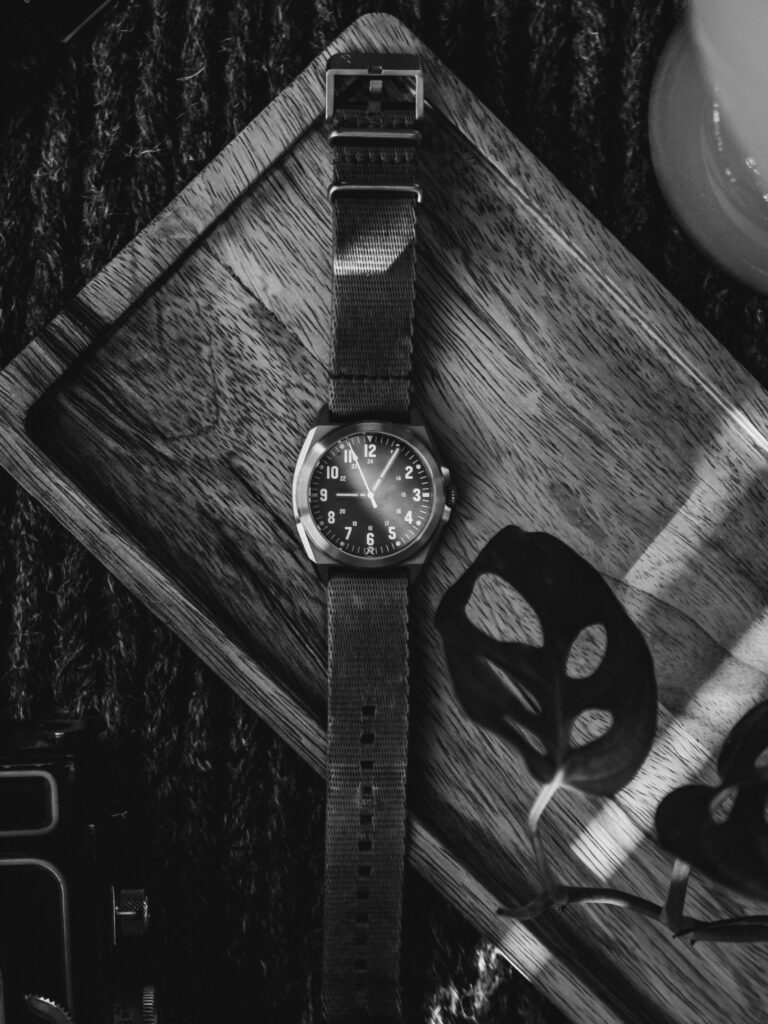
Frequently asked questions (FAQ)
You don’t need a fancy camera—a good smartphone, mirrorless, or DSLR works well as long as the lighting and composition are strong.
While not mandatory, a tripod helps keep the shot steady and allows for hands-free adjustments.
Use diffused natural light, soft artificial light, or a reflector to soften shadows.
There’s no right answer but neutral tones, wooden surfaces, marble, and textured fabrics are great choices.
Play with layering, textures, and props to add depth and dimension.
Lightroom, Snapseed, and VSCO are excellent options for color correction and enhancement.

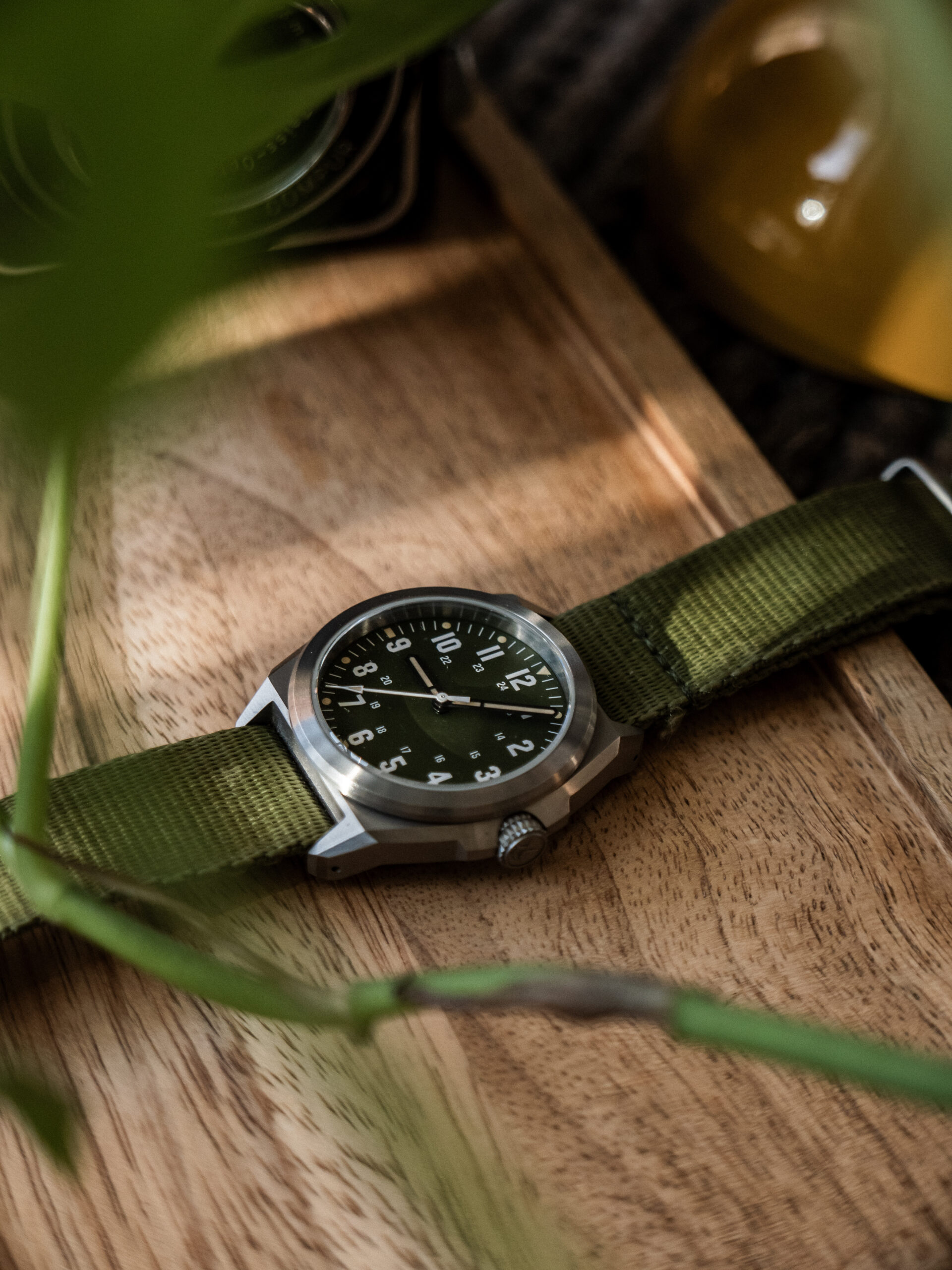
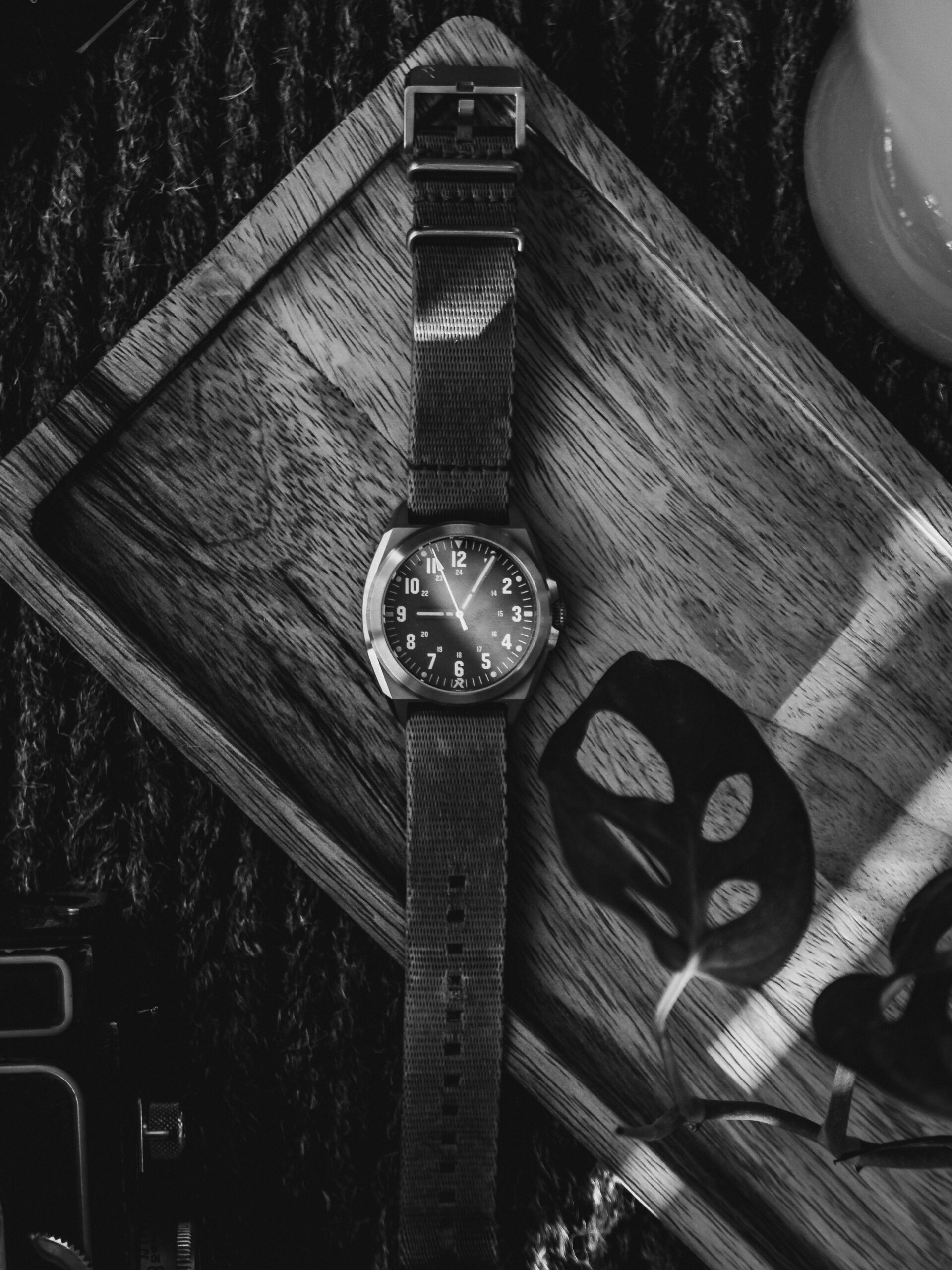
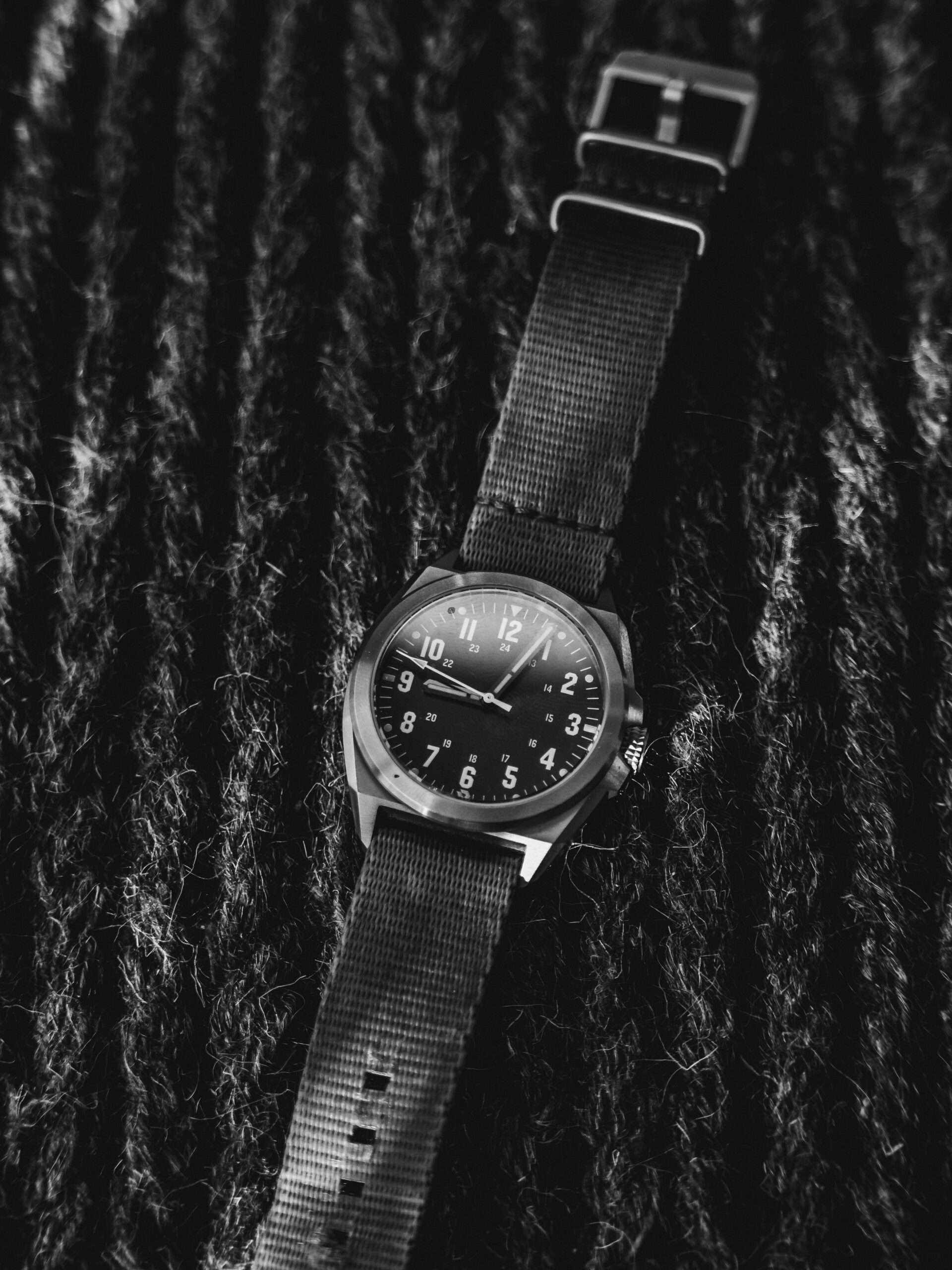
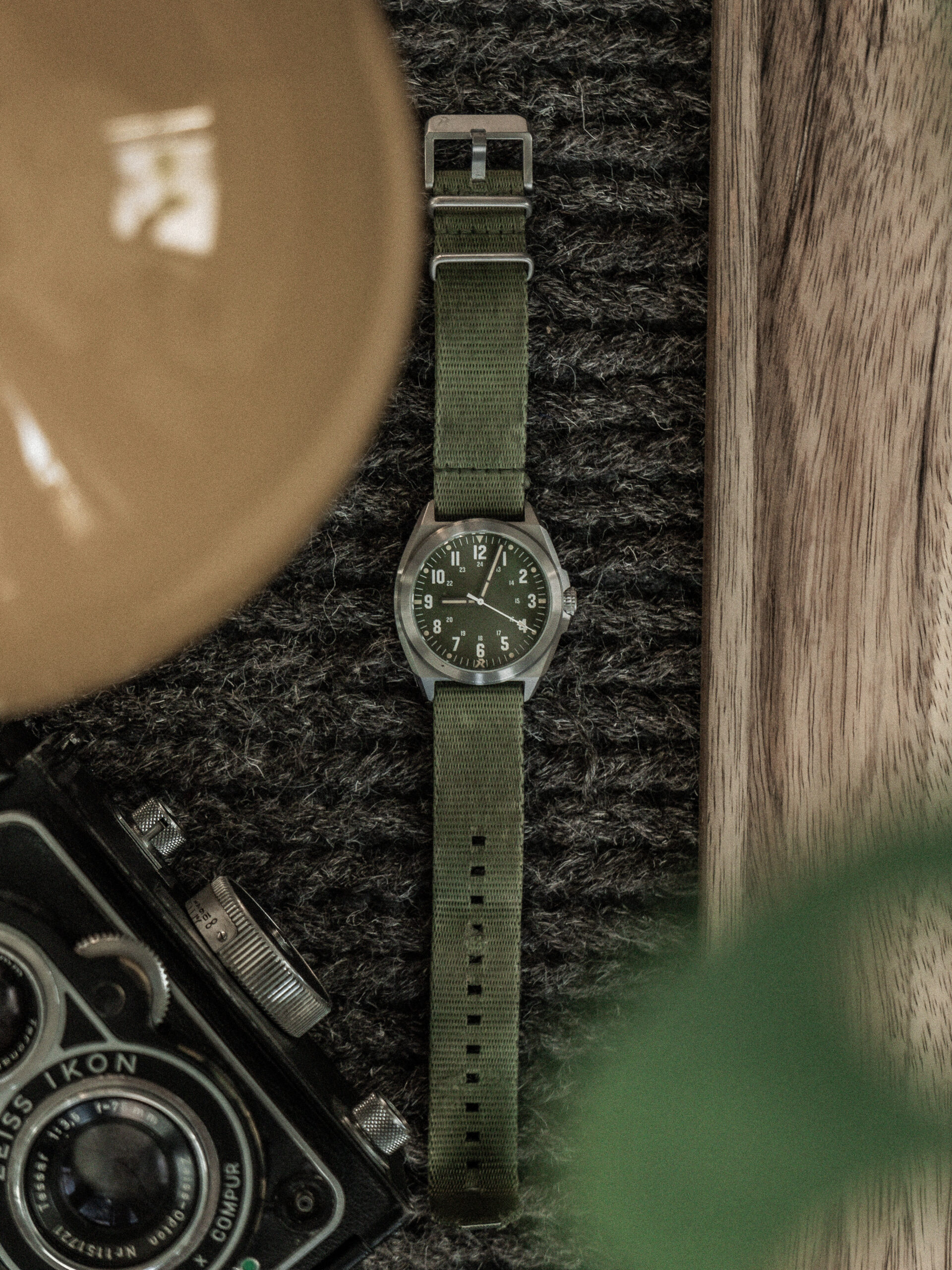
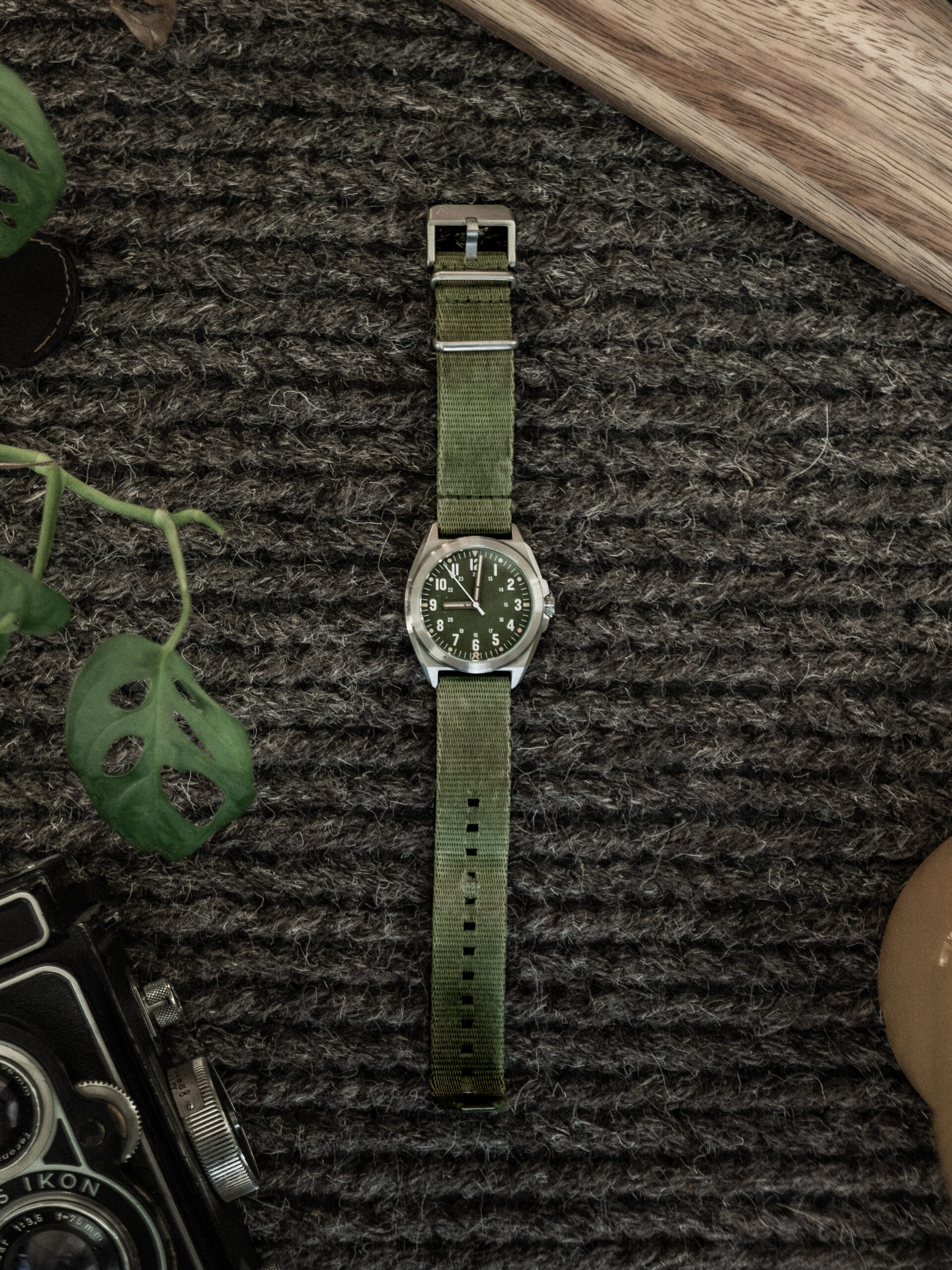




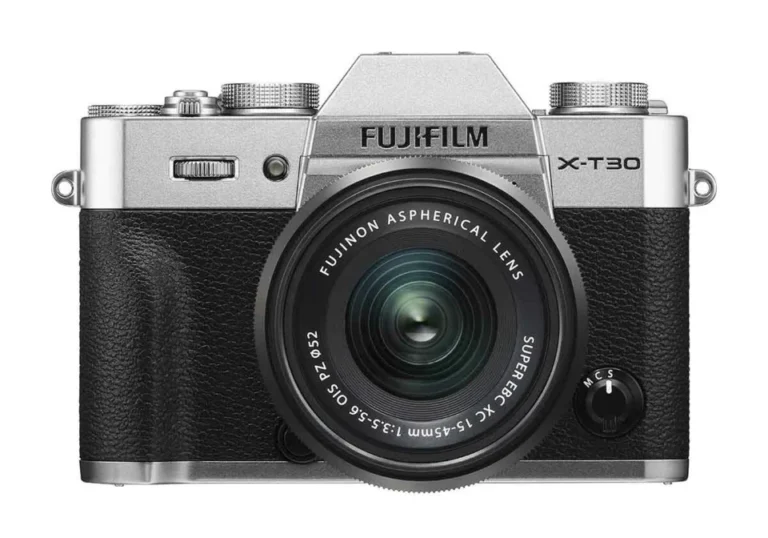

[…] Read it here […]